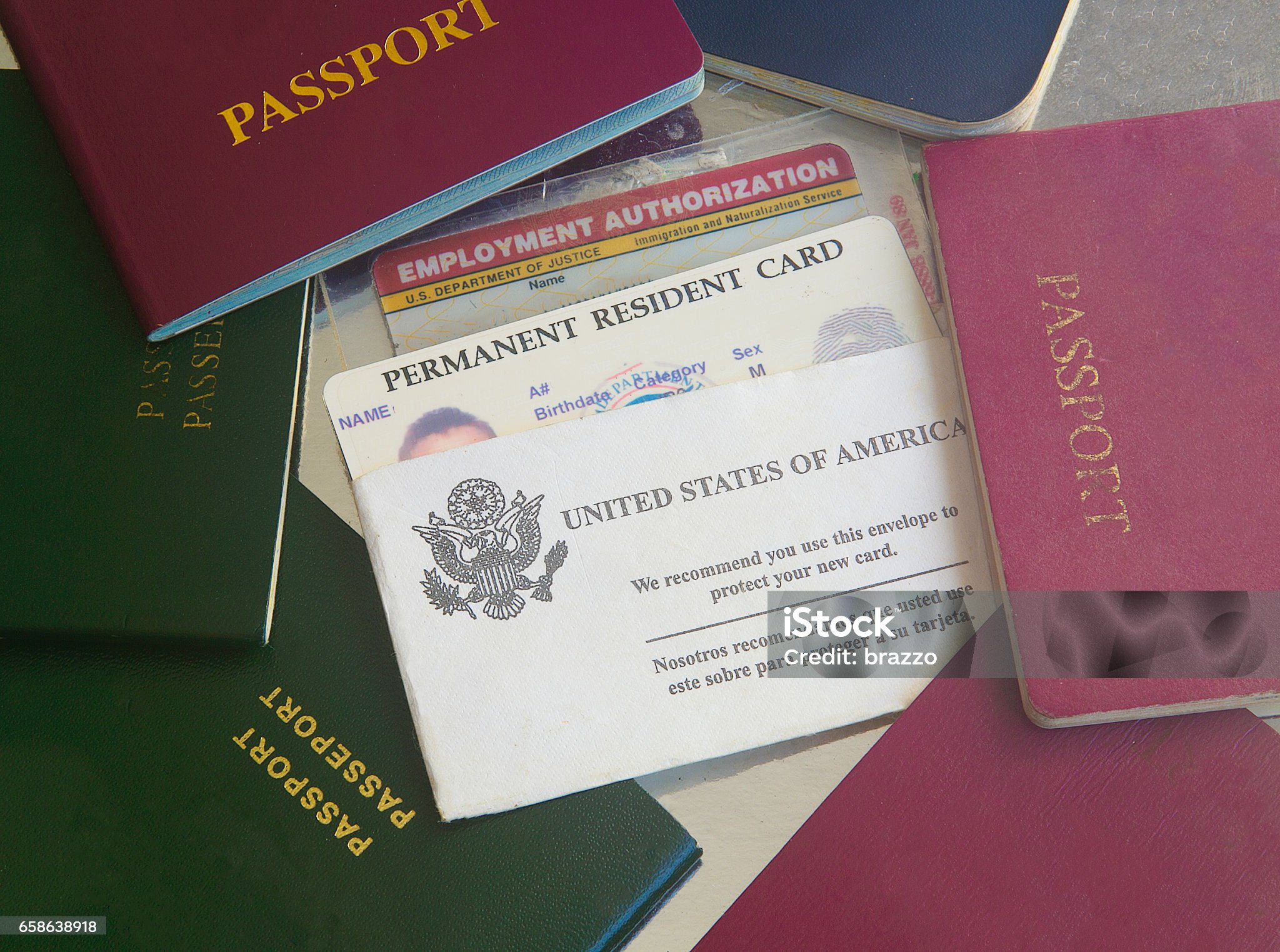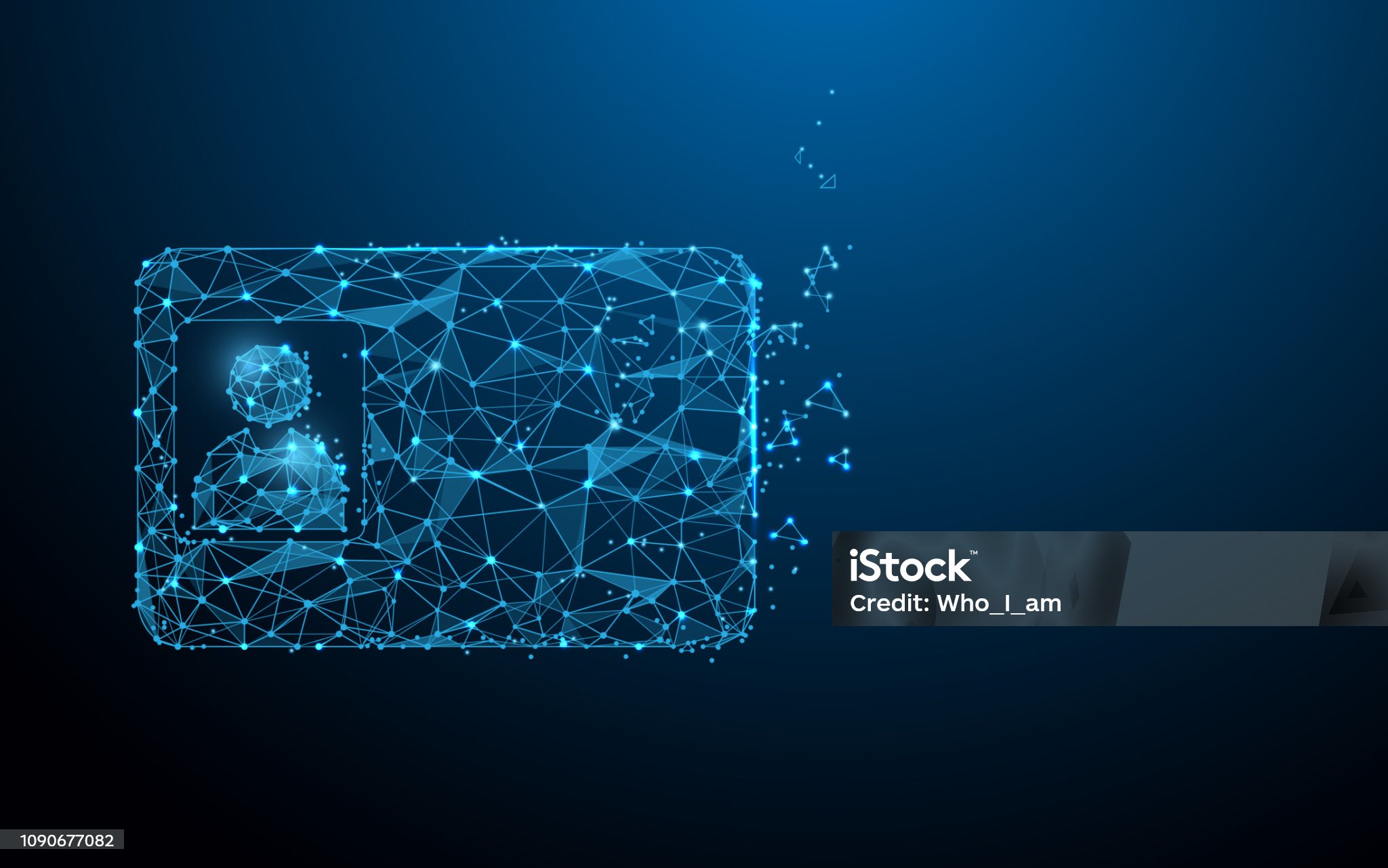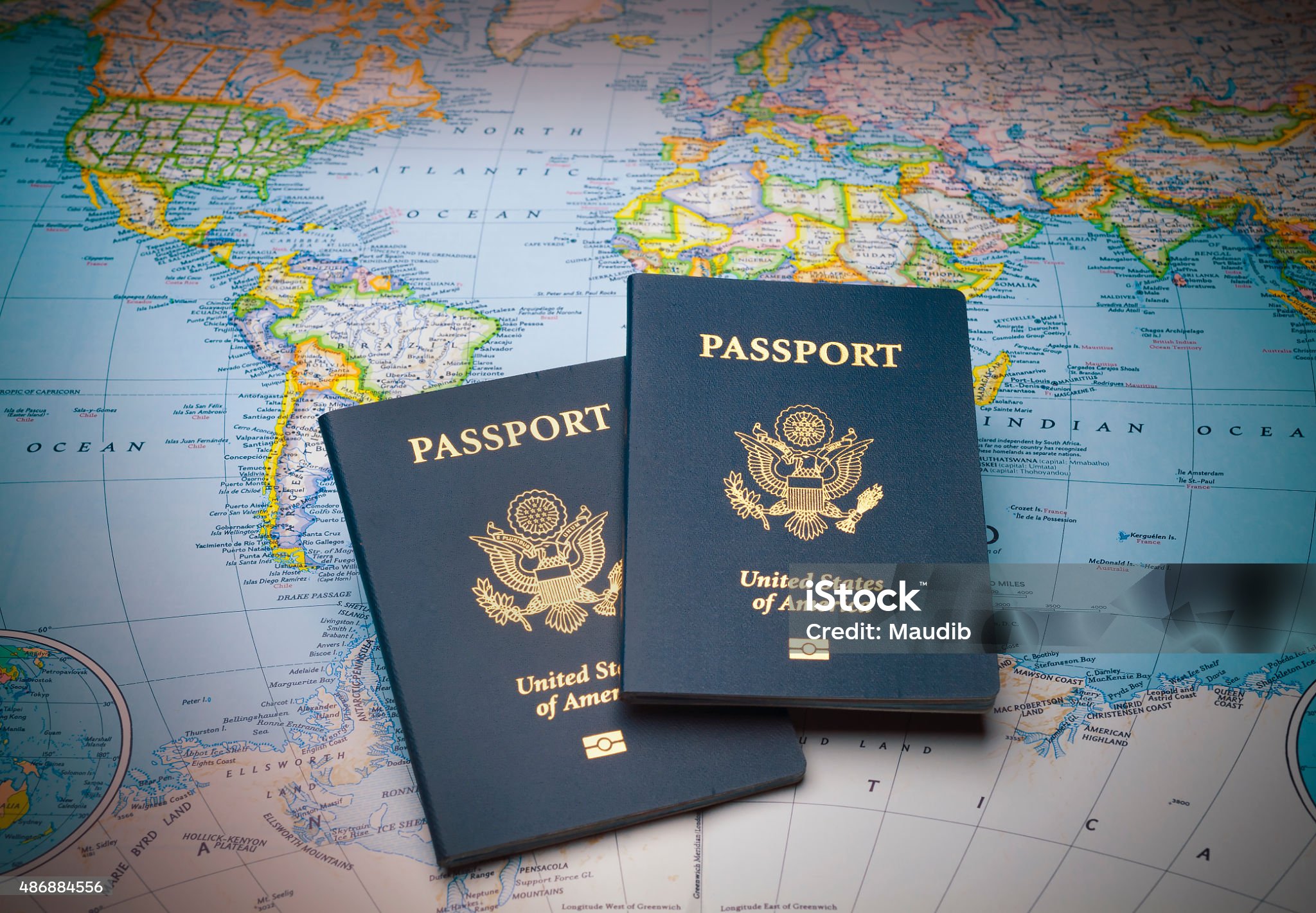A Comparative Analysis about Resident Permit , alongside Security Features for Global Commerce
A Comparative Analysis about Resident Permit , alongside Security Features for Global Commerce
Blog Article

1. Introduction to Personal Identification Documents
Identification documents have significant personal and societal impacts. They act as "permissions" and "access passes," meaning society functions smoothly only when they are available and universally accepted. Various types of identification documents exist, with each fulfilling a unique role. Take, for instance, a copyright, which confirms an individual's legal ability to drive, and a copyright, which demonstrates citizenship and enables global travel. These documents are highly valuable on a personal level and are key to completing various contracts, for example, to get a job, to access services, to buy insurance, or to rent a car. Often, financial institutions might require access to these forms of identification when dealing with borrowers who seem unreliable or possess weak credit backgrounds. These documents function as both identity verification and legal authorization to operate financially or otherwise.
Identification documents have not always been an essential part of daily life, as they are today. The importance of these documents has expanded in response to evolving legal standards and security needs. Technological advancements enable organizations to develop advanced secure systems that outpace public ID technology. Numerous nations are transitioning to biometric-based standards for national IDs. A few countries have implemented electronic exit strategies.
Personal identification documents act as formal proof of legal status. Globally recognized identification forms, such as passports, copyright, copyright, and driver's licenses, are considered valid at both national and international levels. Many people store their identification documents securely under lock and key and ensure quick access to them when required.
This discussion focuses on the importance and legitimacy of documents like the IDP, Real ID, copyright, copyright, copyright, and resident permits to raise awareness about their significance. Educational staff and the general public should know about them, and this knowledge could help prevent their loss or aid in their recovery. This information is provided for both local and international audiences to make sure they have the most important documents for their needs and understanding.
2. Laws and Regulations Pertaining to Identification Documents
Identification documents fall under different laws and regulations depending on the jurisdiction. Documents are issued to individuals by authorized bodies, following strict guidelines meant to preserve their accuracy and integrity. These documents can be mandatory for certain situations while serving as optional verification in others. The individual is obligated to adhere to the regulations of the jurisdiction where the document will be utilized. In summary, it is important for individuals to understand the local or specific legal requirements that apply to them in any jurisdiction where they expect or plan to carry out any transaction or to use such documents. For the most part, state or local government agencies are responsible for issuing, regulating, and limiting specific documents for designated transactions.
However, jurisdictional identification requirements can sometimes create conflicts for those traveling or doing business internationally. It is, therefore, a global concern when people experience confusion or alienation when traveling internationally due to a lack of understanding of identification document rules. It would be impossible to list all of the rules for each country here, but it is important to know, that with nearly 200 countries and billions of global inhabitants conducting international trade and business, understanding identification requirements is vital. Failure to follow these rules could lead to legal issues in another country, requiring adherence to international and reciprocal laws. Failure to comply with such rules may lead to both civil and criminal penalties for violating laws related to privacy, identity, commerce, trade, or even human rights.
Public policies and protected rights may conflict when setting security rules for travel identification documents. That is, human rights may conflict with public policy on the tightest, most secure identification and documentation required to combat terrorism. In recent years, the introduction of digital mobile driver’s licenses has led countries to either update or create new laws and regulations that go beyond just technology, as this field continues to evolve. The next frontier for global travel is believed to be the use of digital identification for global travel. Despite the shift towards mobile driver’s licenses, there will still be a requirement for passports for a significant period of time. 
Both the standardization and evolution of digital IDs and mobile driver licenses are continuing to develop. Take California as an example: roughly two years after the state passed its mobile copyright legislation, stakeholders are nearing agreement on the formal regulations for California's first mobile copyright.
3. Comparative Study of International Driver’s License, Real ID, copyright, copyright, copyright, and Resident Permit
An International Driver’s License serves as a form of identification for individuals driving in foreign countries. Neither the United Nations nor the International Non-Governmental Organization ever made the International Driver’s License to facilitate travel within a group of states.
The Real ID, is mainly used as a form of identification acceptable for boarding domestic flights, alongside state driver’s licenses and identification cards produced by states and territories following a national standard. The Real ID can also be used for entry to federal facilities and nuclear power plants. It is important to note that the Real ID is not designed as a travel document, nor does it serve as a copyright, visa, or residency permit. Though some people might use the Real ID internationally for identification purposes and to confirm birth date, the Real ID is primarily used to travel domestically.
In the United States, passports serve as original forms of identification, as opposed to derived ones. A copyright is primarily used as a tool of foreign diplomacy; it was created to safeguard citizens from arrest and assist them in traveling for diplomatic or non-obligatory negotiations. This is the copyright’s formal and administrative role. Of course, the copyright can also be used for bureaucratic or private matters. To travel internationally, or even regionally in some cases, travelers need more than just a copyright; they must also satisfy several other criteria.
The copyright is an official document provided at birth, which is necessary to obtain passports and other types of identification. In comparison, copyright and passports might appear to serve similar purposes. However, a copyright offers continued benefits. Additionally, while a copyright is used to acquire a copyright, it does not result in a “second copyright”. It is irrelevant to the second copyright unless the traveler intends to pursue an unlawful second nationality.
4. Anti-Fraud Mechanisms and Security Features in Identification Documents
Several security measures are employed to safeguard against fraud, counterfeiting, and unauthorized tampering of identification documents. Many identification documents integrate security elements like holographic images, multi-layer visuals, and laser engravings to prevent fraud. Other cards may contain an embedded RFID chip with a stored digital image and other biometric information.
Many security features are either hidden or semi-hidden, such as special inks, watermarks, or microtext. All these features aim to make ID documents challenging to forge. 
Typically, the security level of an identification document is proportional to the level of trust it is expected to carry. copyright security features, for example, need not be as robust as those on a copyright, since the copyright is used copyright for travel and the copyright is used mainly domestically.
Technological progress has resulted in more sophisticated security features for identification documents. It is important to continuously implement and update security features and issuance methods to outpace counterfeiters and fraudsters.
Additionally, constantly assessing existing and new security features and issuance techniques is critical. This evaluation ensures that identification security systems remain strong in the face of new and advancing threats.
A robust anti-fraud security system should emphasize both preventive and responsive measures. Proactive measures can include workshops, public service announcements, educational outreach, and security conferences.
5. Conclusion and Future Trends in Identification Document Technology
This article examines the diverse forms of identification documents found around the world. It is important to see ID from both a technical perspective, considering security features, verification, and issuing authorities, but also from a legal regulatory point of view that would show the verification in courts where the document was used.
Research indicates that opinions on the quality of identification documents and their verification worth differ depending on the context of use. It would also be interesting to examine through ethnographic methods how the definition of a “good” identification document varies by country. Comparative work also provides insight into how the legitimacy of identification documents can vary even in countries with similar political, social, and economic systems.
The future of identification documents is being shaped by cutting-edge technological advancements. Technology is constantly enhancing the capabilities and security of standard identification documents like eIDs in response to mobile technology adoption. The main landmarks in this new convergence are biometrics and blockchain used as distributed ledgers.
Biometrics and its “liveness” function will capture biometric data during direct interaction with the enrolling authority, ensuring identity accuracy and reducing the risk of digital identity fraud. It will go beyond our basic human rights recognized by international law and several constitutions. Access to this biometric data needs to remain highly private and governed by the individual’s consent.
Digital identity systems may cause exclusion concerns, particularly for those who lack easy access to them. Not everyone is able to easily obtain a digital identity. A so-called “identity gap” is being discussed as a result of technology, which has created disparities in access to identity verification for different areas of life.
There should be more detailed comparisons between digital identity systems and physical IDs. Besides verifying identities, digital identity systems also play a role in evaluating risk for a range of transactions. There should be more systematic research to see how offline verification rights can be applied in the context of digital identification systems.